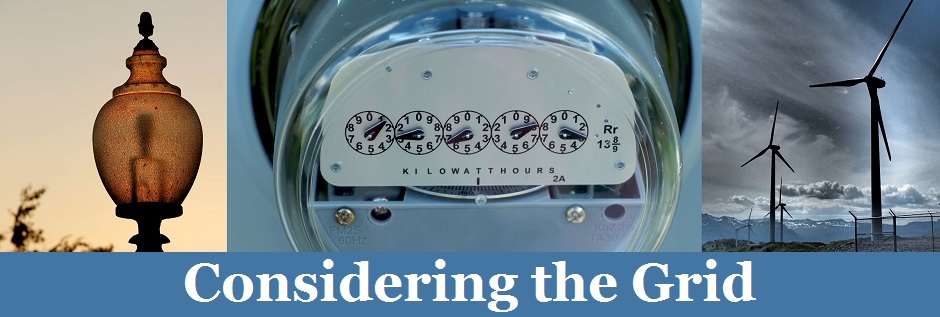The information contained in Considering the Grid is provided for informational purposes only and should not be construed as legal advice. Spiegel & McDiarmid expressly disclaims all liability in respect to actions taken or not taken based on any or all the contents of this site. Continue reading

Subscribe to Blog via Email
Search Past Posts
Tags
- 5th Circuit
- ACE
- Agency guidance
- Annual Energy Outlook
- Arctic
- Army Corps of Engineers
- Behind-The-Meter Generation
- Budget
- CAISO
- California
- carbon
- Carbon Pricing
- Carbon tax
- CCS
- CEIP
- CEQ
- Clean Air Act
- Clean Power Plan
- Climate
- Climate Change
- Coal
- Coal ash
- Comments
- Commerce
- Communities
- Compliance
- Congress
- CPP litigation
- CSAPR
- Cybersecurity
- D.C. Circuit
- Demand Response
- Department of Defense
- Distributed Energy Resources
- DOE
- DOI
- EIA
- Electric grid
- Electric industry
- Electricity
- Electric vehicles
- Energy efficiency
- Environment
- EPA
- ERCOT
- Executive Orders
- Federal Agency Reports
- Federal Courts
- Federal Power Act
- Federal Register
- FERC
- Financing
- FIP
- Fuels
- GHG emissions
- Global energy
- Grid Modernization
- HAP
- Hawai'i
- Health
- Hydro
- Infrastructure
- Initial Submittal
- International
- ISO New England
- Jobs
- Judicial review
- Keystone XL
- Marine
- Market rules
- Mass-based
- Massachusetts
- MATS
- Methane
- MISO
- Modeling
- NAAQS
- NACAA
- NARUC
- Natural Gas
- NEPA
- NERC
- Net Metering
- New York
- NSPS
- Nuclear
- NYISO
- Oil
- Paris Agreement
- Performance Based Regulation
- PJM
- President
- QER
- Rate-based
- Rate design
- Regional Haze
- Reliability
- Renewables
- Resilience
- RICE
- Rulemakings
- SIP
- Solar
- SPP
- State goals
- State PUCs
- State regulation
- Stay
- Storage
- Supreme Court
- Tax
- Technology
- Trading
- Transparency
- Transportation
- Tribes
- United Nations
- Utility Planning
- Water
- Webinar
- White House
- Wind
- World Bank

Mapping Comments on the Clean Power Plan
EPA received millions of comments on the proposed Clean Power Plan. While we are still waiting for the release of the agency’s Response to Comments document, there are several tools to help you sift through the comments.
The Bipartisan Policy Center’s interactive map shows which state and federal officials submitted comments on the proposal. It also can help you keep track of who signed on to joint comments. This map displays comments by state, plus other info such as the state’s CO2 emissions rate history and generation mix.
Another state-by-state analysis is available from the Center for Effective Public Management at Brookings. This analysis compiles comments from each state’s environmental agency and compares each state’s position on five common objections to the Clean Power Plan: it is unfair to early actors, it threatens grid reliability, it is unattainable given the current timeline, it is illegal, and it should be abandoned rather than finalized. In May 2015, Brookings released this report showing whether states came down on each issue (displayed in figures along with the party membership of each state’s governor).
Related